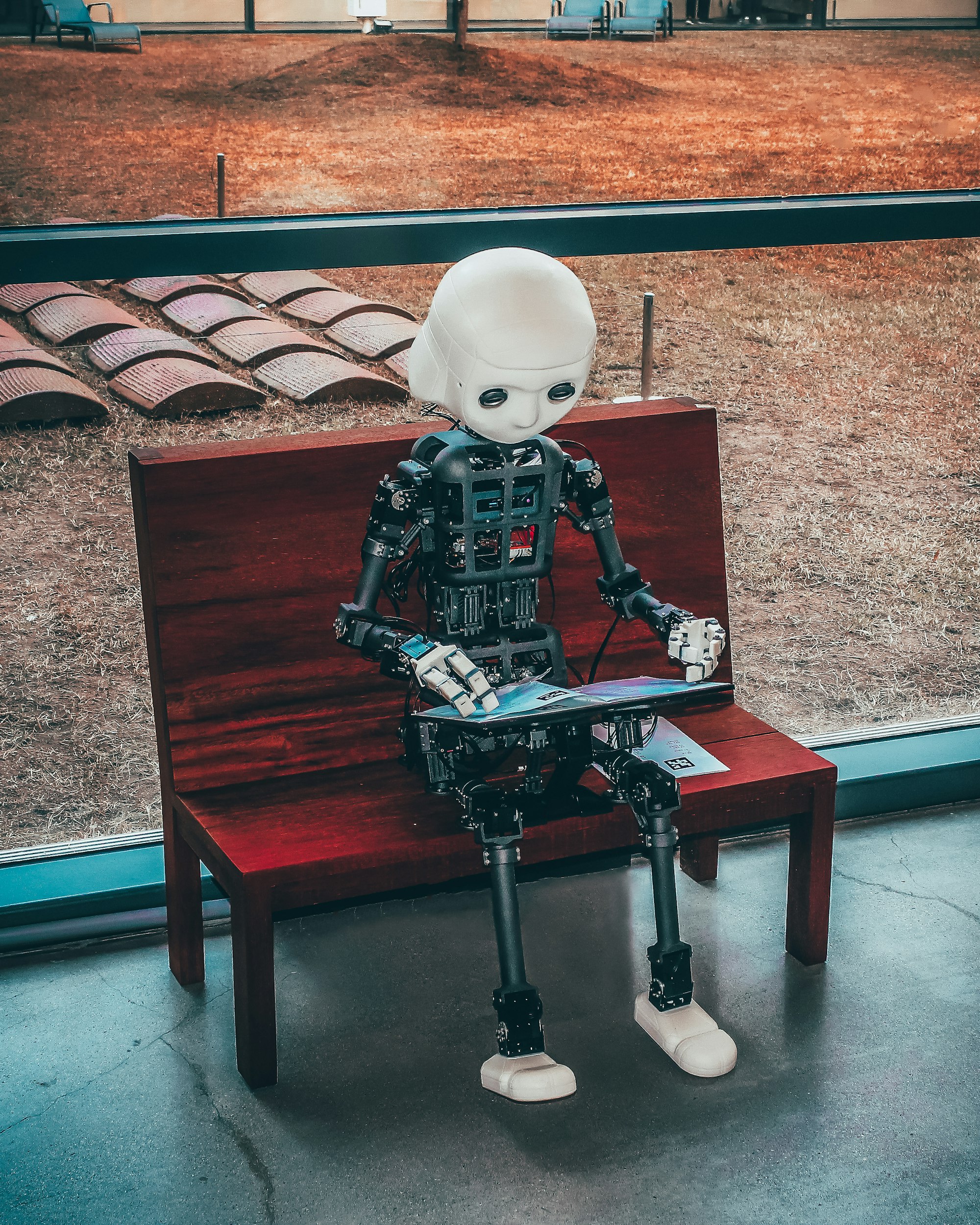All you need to know about ChatGPT project
ChatGPT: The new AI tool for improving chatbot conversation and user engagement. All you need to know about openIA's NLP model

ChatGPT is a cutting-edge natural language processing (NLP) model developed by OpenAI. It is a variant of the GPT-3 model, which is known for its ability to generate human-like text. ChatGPT has been specifically designed for conversational applications, such as chatbots and virtual assistants.
One of the key features of ChatGPT is its ability to generate responses that are both appropriate and engaging. This is achieved through the use of a large dataset of real human conversations, which the model uses to learn the patterns and nuances of human language. This allows ChatGPT to produce responses that are more natural and less robotic than those generated by other NLP models.
Another advantage of ChatGPT is its ability to handle a wide range of topics. The model has been trained on a diverse dataset that covers a wide range of subjects, including news, sports, politics, and entertainment. This allows it to respond intelligently to a wide variety of user queries, making it well-suited for applications that require a broad knowledge base.

One of the most exciting potential uses for ChatGPT is in the development of chatbots and virtual assistants. These applications can benefit greatly from the model's ability to generate human-like responses, as it allows them to provide a more engaging and satisfying user experience. ChatGPT can also be used to improve the performance of existing chatbots and virtual assistants, by providing them with more natural and engaging responses.
Another potential use for ChatGPT is in the development of language translation applications. The model's ability to generate appropriate and natural responses can be leveraged to improve the quality of machine-generated translations. This could potentially lead to the development of more accurate and natural-sounding translations, which would be a major step forward in the field of NLP.
In addition to its potential applications in chatbots and language translation, ChatGPT could also be used to improve the performance of other NLP applications, such as text summarization and sentiment analysis. The model's ability to generate human-like text can be leveraged to produce more accurate and natural-sounding summaries and sentiments, which could have a wide range of applications in fields such as journalism, customer service, and market research.
Overall, ChatGPT is a powerful and versatile NLP model that has the potential to revolutionize the way we interact with machines. Its ability to generate human-like responses and handle a wide range of topics makes it well-suited for a variety of applications, from chatbots and virtual assistants to language translation and text summarization. As the field of NLP continues to evolve, ChatGPT is sure to play a major role in shaping the future of artificial intelligence.